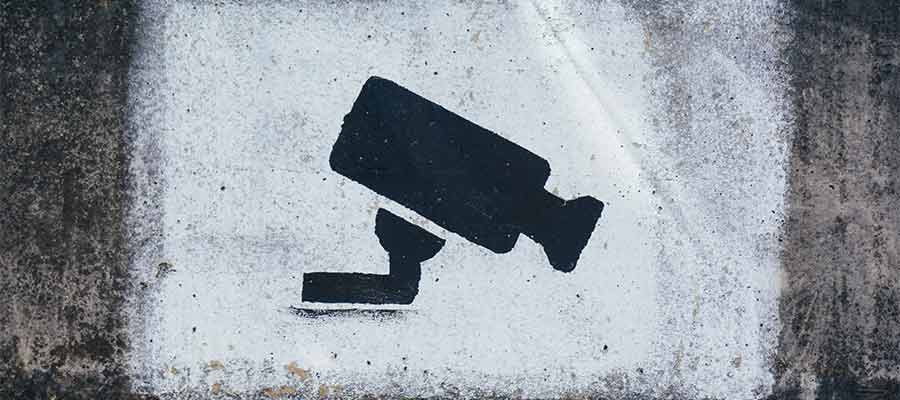There’s more to website ownership than meets the eye. However, our clients may not realize this. They might think that the work ends when the site launches.
An experienced web designer knows better. A site launch is just the beginning. Content management systems (CMS) like WordPress are a case in point. A steady stream of updates keeps us on our toes.
It’s one reason why I believe a professional should manage WordPress sites. Even the tiniest of websites have significant maintenance needs.
Still, clients don’t always understand the stakes or the costs involved. Until something goes wrong, that is. But let’s not go that far.
The key to avoiding problems starts with education. Teaching clients the hows and whys of WordPress maintenance can do the trick. With that, here are some points worth driving home in your discussions.
Website Maintenance Is an Investment
There are two types of website investments. The first is the cost of the initial design and build. It covers everything from the idea phase to the site launch. That’s the big, expensive part.
The second comes after the site goes out into the world. It ensures both content and software are current. Clients can get tripped up by this one.
What clients may not understand is that websites require care – regardless of whether the content changes. They’re viewing the phrase “website updates” through a different lens.
How do we change their perspective? You could compare website maintenance to that of a car.
Cars need regular care to keep things running smoothly. Doing so prevents problems down the road. It’s an investment in safety and stability.
Websites need the same kind of investment. The goal is to keep it in tip-top shape – and avoid common pitfalls.
WordPress sees frequent updates to plugins, themes, and the core software. Together, they improve the overall security and performance of a website. It’s too important to ignore.
Standards and Best Practices Change
The web’s standards and best practices are subject to change. So, that shiny website from a few years ago is now behind the times.
We’ll see this in several areas of a typical WordPress site. Accessibility is a big one. An older WordPress theme may not be up to the current standard. Old or abandoned plugins might also lack accessible features.
Server technology also marches on. A website may run on an outdated version of PHP, for instance. That means you’re missing out on better performance and security.
These issues go beyond a website’s aesthetics. They are fundamental to things like usability and legal compliance. The more you fall behind, the greater the risk.
Resolving these issues requires time and money. We’ll need to review the website and determine what needs to be changed or fixed. From there, it’s time to perform the necessary tasks.
Clients may have a hard time grasping this concept. They can’t always see the need for such changes. Nor can they always measure the results.
However, it’s one of the costs of website ownership. Think of it this way: Brick-and-mortar locations must keep up with building codes. Websites need to do the same.
Vigilance Is an Important Part of the Plan
Website maintenance is not a once-per-year type of task. It’s an ongoing commitment. WordPress releases a new major version every few months. Plugin and theme updates can drop at any time.
Each update opens the door to potential change. For example, a plugin update might require a new version of PHP. You might also need to update any custom code.
Security is also a key factor. New vulnerabilities pop up frequently. They require us to act quickly. Otherwise, we increase the risk of a compromised site.
Vigilance is important. It comes at a cost, though. Web designers need to keep a watchful eye. That means a combination of manual intervention and automated tools.
These acts won’t guarantee a problem-free experience. But they can prevent a small problem from becoming a major one.
That peace of mind is worth the price – particularly for clients who depend on their website for sales. A broken or hacked eCommerce site could spell disaster.

A Well-Maintained Website Benefits All
In a nutshell, everyone benefits from a well-maintained website. Web designers can use it as a vehicle for recurring revenue. Users are less likely to encounter problems. And that should make website owners happy!
The other side effect is taking advantage of new features. WordPress is continually refining its core. The same goes for its theme and plugin ecosystem.
It’s an opportunity to do more online. Features that enhance performance, accessibility, or ease of use can mean more sales. That’s one way to increase the chances of customer loyalty.
Make an effort to discuss WordPress maintenance with your clients. Help guide them on the importance of staying on the cutting edge.
They’ll be more likely to commit once they learn the hows and whys. And they’ll be better prepared to adapt to the web’s ever-changing landscape.
How to Explain WordPress Maintenance to Your Clients Medianic.















